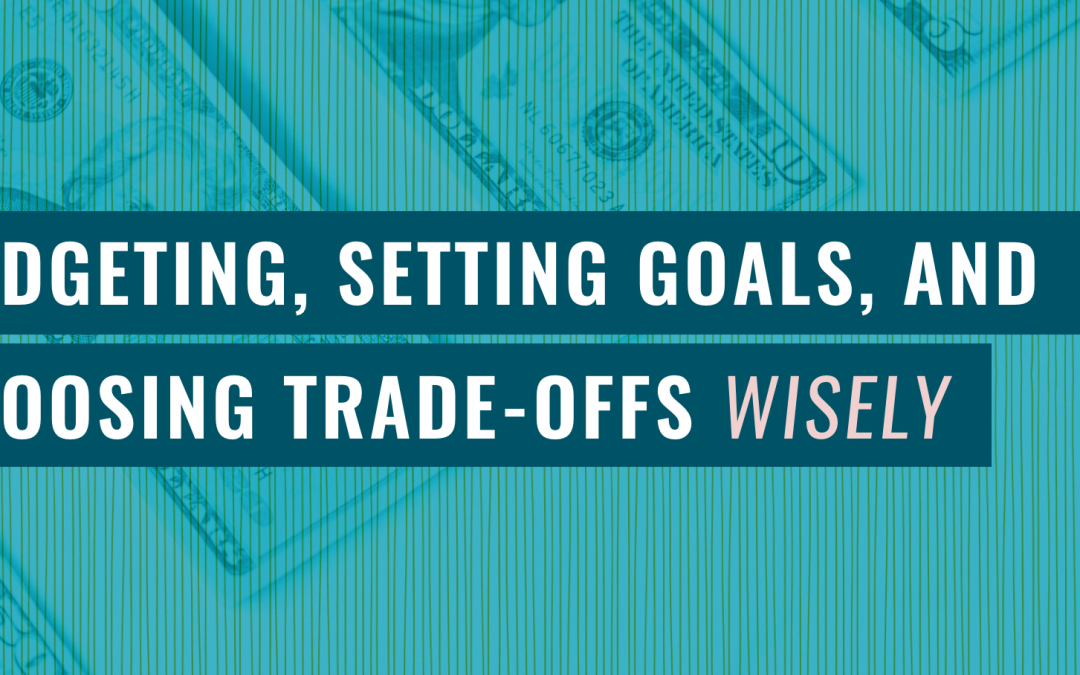Here at Everyday Money, we like to question the conventional wisdom of the personal finance world. Because honestly, a lot of those hard-and-fast rules for “smart” money management are anything but.
Case in point? The constant focus on “financial freedom.” What does that even mean?
It seems like we’re always being told to cut back on our spending to be financially free, but the advice ends there. There’s never any time for the questions that really matter. Like, what will you have to give up for this “freedom”? And who gets to decide if those trade-offs are worth it?
Before you can decide how to structure your finances, you need to see what your money can do. If you save this much each month, what sort of goal could you reach? How much earlier could you retire if you bump up your Roth contribution by a certain percentage? Once you have a vision of what’s possible, you can make a plan to get there.
What’s your vision?
Scrimping and saving just to scrimp and save is a miserable path to take. Chances are it will lead to budget burnout and disappointment. You need to have a vision of what you’re saving for so you can decide whether it’s worth it.

Take the time to figure out your financial goals and priorities. Talk with your partner – what things are really important for you? It could be anything: becoming debt-free, paying for your child’s college, traveling during retirement, giving to charity, or buying a home. The key is to create a vision for your future based on what you value.
What’s possible with your money?
The next step is understanding what’s possible with your money. Just looking at a budget or monitoring the minutiae of your spending habits doesn’t show you what your money can actually do. What’s the benefit of following a certain savings plan? What could you do later on if you invest now?
Take the time to do some calculations and look ahead. Figure out what’s possible with exactly how much money you make, save, and invest. Once you know the possibilities, you can create a plan to move toward what you want.
What trade-offs are you willing to make?
The final step of developing a financial plan is making the tough decisions. For most of us, personal finance involves trade-offs. Investing more in retirement means having less spending money now. Paying off debt faster limits the amount that you can put into savings.
Trade-offs aren’t good or bad – they just are. They’re part of reality, so you need to know how to deal with them. When you have a solid view of your vision and your priorities, you can decide which trade-offs are worth it for you.
Figure out your goals and make a plan to get there

Budgeting for the sake of budgeting is pretty pointless. Sure, it gives you a better idea of where your money is going each month, but that info is meaningless unless you have something to compare it to. You need to know what you want your money to do before you can make a worthwhile financial plan. Develop a vision of what’s possible, decide what your financial goals are, and then make a plan to reach them.
Once you’ve figured out your motivation for budgeting, the next step is to choose a method for tracking your money. We’re partial to BudgetingBlocks™. It’s a fresh take on boring spreadsheets and hands-off apps. This unique system includes physical blocks that make it easy to visualize and allocate your money based on the goals that are important to you.

